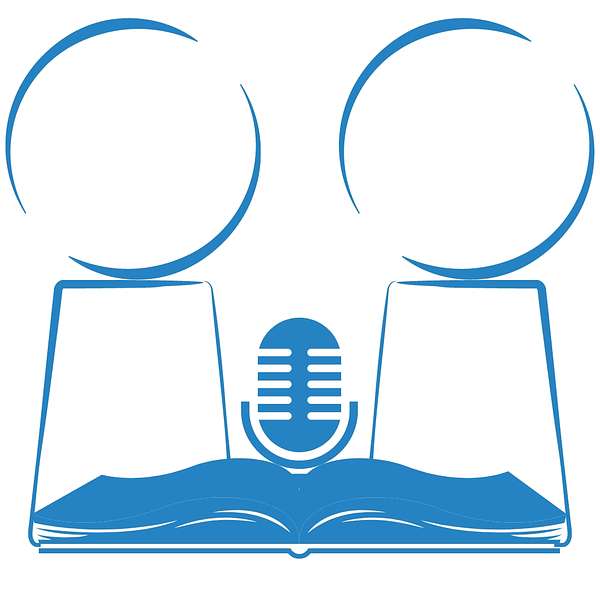
TALC Chats Podcast
Supported by Tacoma Area Literacy Council Volunteers.
This podcast supports American-English language learners by strengthening listening and comprehension skills. In addition, this podcast focuses on pronunciation challenges, idioms, and expressions in the American- English language.
Contact info: https://tacomaliteracy.org/ ph. 253-272-2471
TALC Chats Podcast
#31 - Let's take a tour of the kitchen!
We spend a lot of time in our kitchens. We prepare food, cook and clean up in the kitchen. When when we have "get togethers" (when friends and family come to share a meal) people often gather in the the kitchen to help with food preparation, or just to "chew the fat" ( talk) or "catch up" (learn what is new).
In this episode we take a tour of this important room.
Let's go into the kitchen. Most kitchens don't have a door that you can open and close. Some kitchens have a doorway (entrance without an actual door) into a separate room. Some kitchens are part of a larger room that includes the living room and maybe a dining room.
There are some things that all kitchens have in common. All kitchens have cabinets (cupboards). Most people use both words to talk about the "boxes" with doors that are connected to the wall or "built in". We store or keep food and pots and pans in them. Cupboard is a word that was used more in the the past. but people still use it today. We say "cubberd". There are bottom cabinets or cupboards and top cabinets or cupboards. The bottom cabinets usually have drawers ("dro erz") where we keep silverware (knives and forks and spoons) and kitchen utensils (tools), dish towels, potholders (to pick up hot dishes and pans), plastic wrap, and ziplock bags. Many people have a "junk drawer". where they keep a mixed collection of things" like rubber bands, bread ties, bandaids and batteries.
The lower cabinets have a flat surface on the top called a counter. Many years ago people started calling the flat surfaces used to count money in banks, or stores "counters", and we still use "counters" to talk about the area in the store where we pay for merchandise. "Pay at the counter, please". Some small restaurants have counters where people can sit on stools ( high chairs) and eat.
And we use "counter" to talk about the flat surfaces in the kitchen where we mix, chop, and prepare our food. Many people keep (store) things on their kitchen counters. Maybe they have canisters (sealed containers), where they keep flour, sugar or tea. Some people like to keep small appliances like their toaster or blender on the counter. Other people like to have their counters uncluttered (without anything stored on them).
Somewhere on the kitchen counter we find the sink. The sink is a large bowl-shaped fixture (something that is permanently installed - or a permanent part of the kitchen). The bowl is called the basin. Some sinks have one basin and others have two basins. Most sinks have a hot and cold water taps and a faucet where the water comes out. At the bottom of the basin there is a drain, where the water drains out into a pipe. Many sinks are below a kitchen window so people can look out the window when they are doing the dishes.
"Sink" is also a verb that means to go down below the surface of something. "The boat is sinking!" (Present: sink; past sank) .
Correction: In this podcast, Diana said that the past tense of "sink" is "sunk". That isn't correct. The past of sink is sank. So you see, dear listener, even native English speakers make mistakes! (-;
Here's an interesting expression: "everything but the kitchen sink". It means everything possible. If I say "My sister packed everything but the kitchen sink in her suitcase," I mean she packed a lot - too much!!
We have talked about a lot of things in the kitchen, but we haven't talked about appliances - big and small. So, watch for "A tour of the kitchen part 2", dear listener.
Tacomaliteracy.org